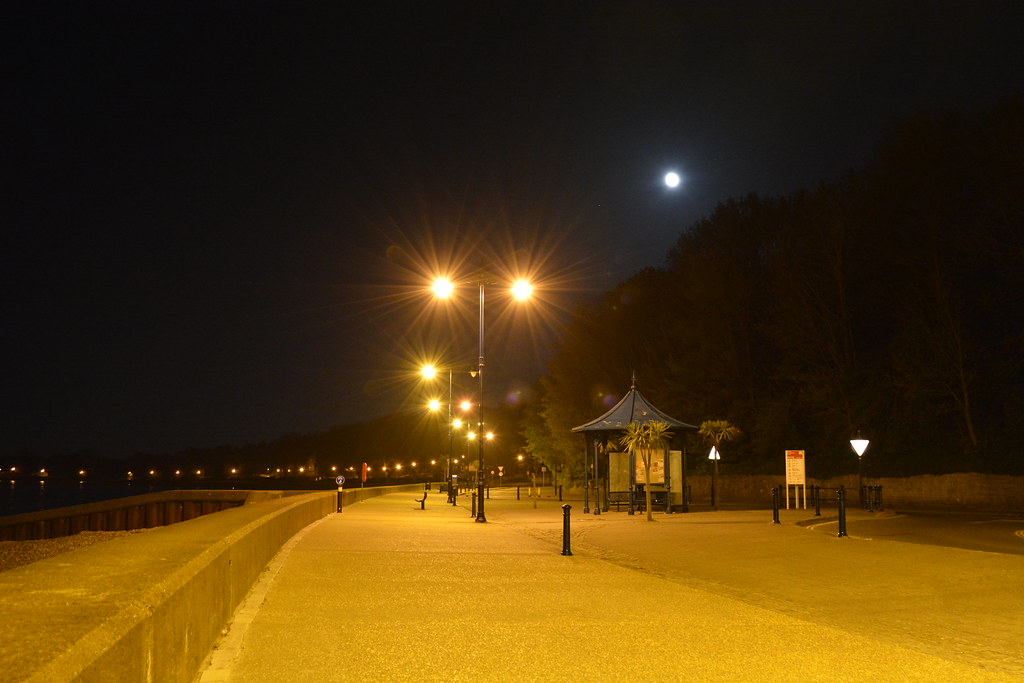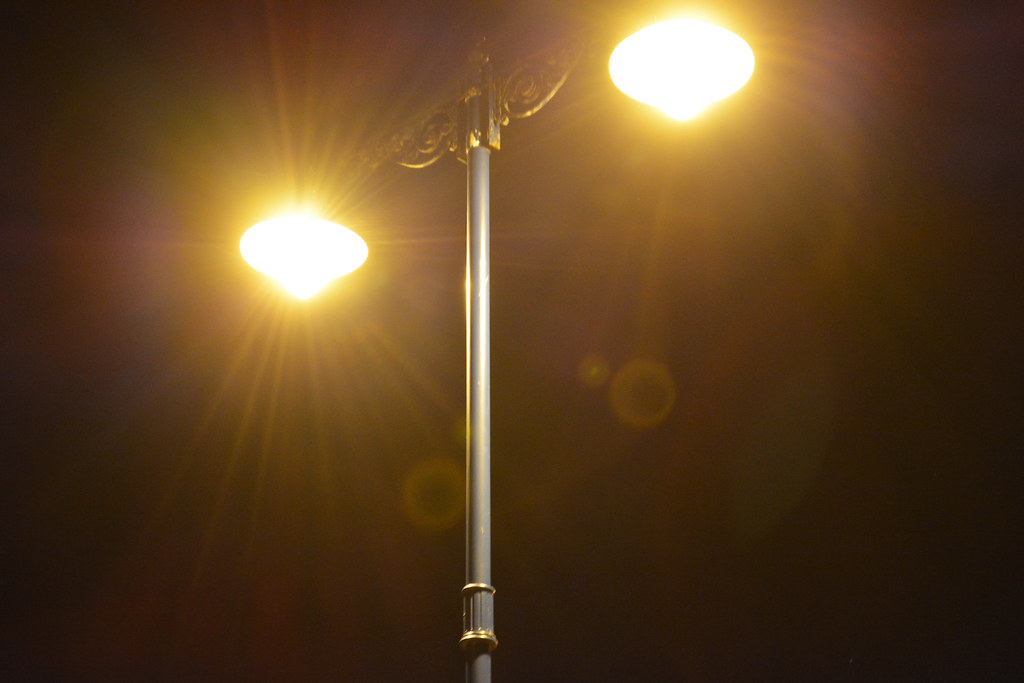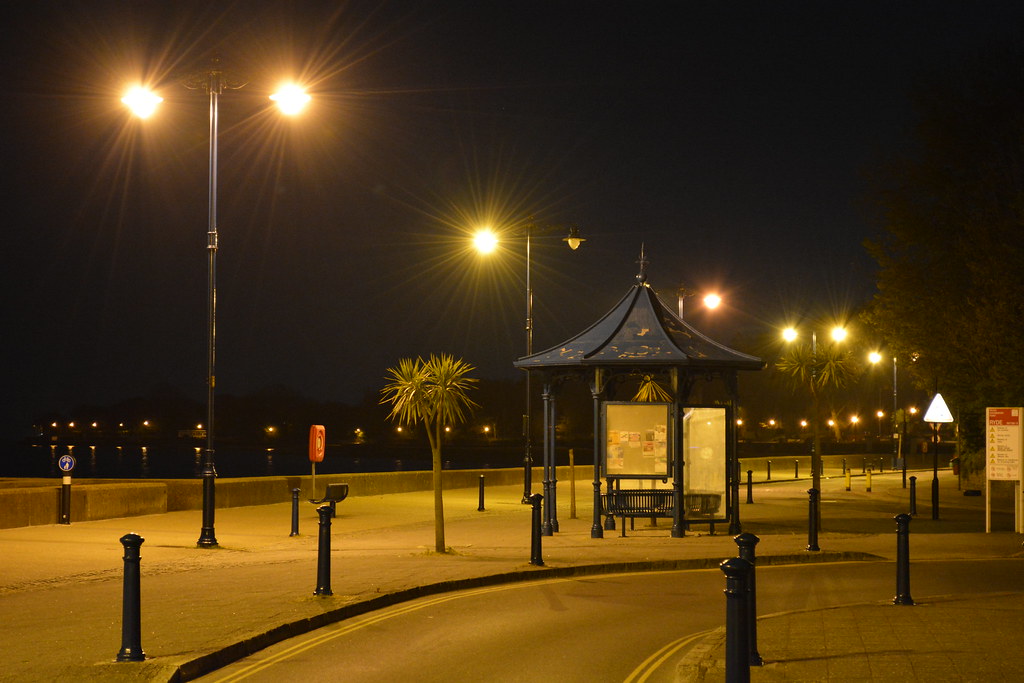There are basically two schools of thought when it comes to retouching images, and (in my experience) most photographers prefer to either slightly over or underexpose their images for retouching. Personally, I prefer under exposed images as the camera sensor retains more information in the image, even if you cannot see it initially when you take the shot. Under exposed images are also better (in my experience) for creating images with a high dynamic range. Images with a high dynamic range basically have a lot of information and details in the image across a high range in both the shadows and the highlights. This can be done either by combining images of different exposures or by correctly exposing an image, and then correcting for any over/under exposure post production, with software like Adobe Photoshop or Lightroom
Metering is only a guide and unless you are using the camera a lot in Auto modes it is almost always better to achieve the results you want in manual. I use metering to give me a 'rough guide' to the exposure settings, then thinking about what kind of affect I want, I dial in the settings in manual. This invariably results in an over/under exposed picture, then it is simply a case of adjusting shutter speed, aperture and/or ISO until I find what I call the "sweet spot". I next to never use Aperture Priority as I usually choose the aperture based on what kind of affect I want and then set the shutter speed accordingly. Of course this doesn't always work if you have moving subjects and want to take action shots where you might not have time to play around with the correct settings, in which case, Automatic Mode or Shutter Priority would be the better options. This tutorial is best suited to landscape photography.
I call it the sweet spot because when you find it, you can adjust settings one or two stops either side and still get a great photo, and with that in mind just click away. I don't use exposure compensation unless I am in extreme light conditions for example, in snow or shooting directly into the sun in bright daylight, although using exposure compensation can give you an exposure somewhere between f stops which can be helpful.
Sometimes I shoot in Auto and get great images, but if you want more flexibility in the affect you want to capture, you need to get a feel for the settings in manual. For me getting a great photo is about getting the camera to see what I am seeing so you can share that with others. It doesn't have to be perfect. Sometimes you get a great photo when you least expect it, which is part of the joy of photography! Anyone can do it. But to do it well means Mastering the camera and what it does is just part of the learning process.... like learning to play a musical instrument... it's not about what you play, or which instrument necessarily... it's about how you play that is an expression your own Inner Vision.
Hope this helps and good luck with your photography (click the images to enlarge).
Original Images:
 |
| Over exposed. |
 |
| Correctly under exposed. |




Retouched Images:
More tutorials and great images coming soon :)


















